Decorating & Design
Look Inside Shoe Queen Sonja Bata’s Inspiring Condo
Published on February 26, 2018
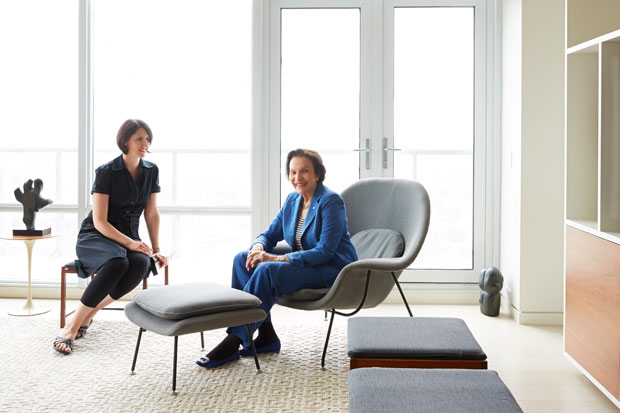
“In many ways, my home is like an autobiography,” said the late Sonja Bata when House & Home interviewed her for a piece in the September 2013 issue. “I’ve lived a long life and travelled all over the world. Now, my flat is full of these treasures… but they all make me smile.” After the Bata Shoe Museum founder, philanthropist and trained architect sold her Georgian home that she and her late husband, Thomas, raised their family in and lived in for more than half a century, Sonja moved into a penthouse condo in midtown Toronto. “I was very sad to leave our old home, especially the beautiful garden with all the birds. But after my husband’s death, I decided it was time to start a new phase of my life,” she said, as though doing so at the age of 86 were as natural as breathing.
Sonja recently passed away at the age of 91, but her incredible style and contributions to the design industry won’t soon be forgotten. “Good design is timeless — it doesn’t age,” she said. Click through to see where she lived during her later years, and get a glimpse into the life of this inspiring woman.
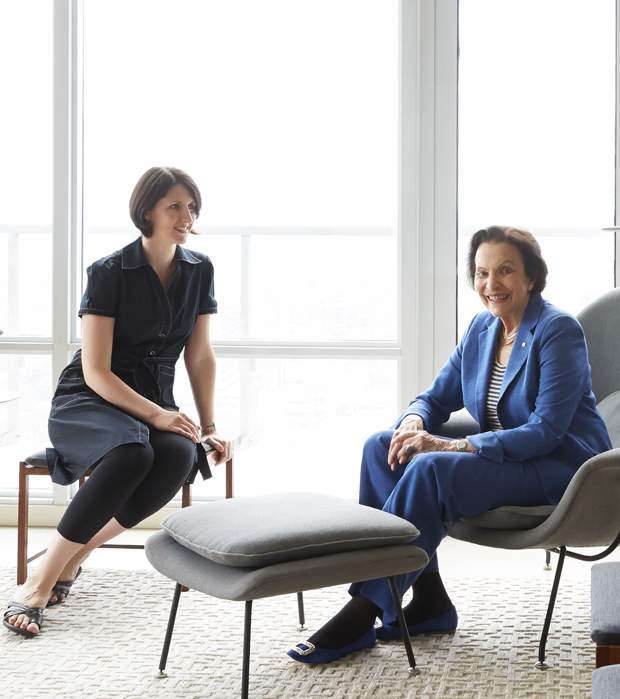
Inspired by her fondness for the modern architecture of another house — the Bata family’s spectacular mid-century modern home in Batawa, Ontario, designed in 1960 by celebrated Canadian architect John B. Parkin — Sonja hired Toronto architect Heather Dubbeldam of Dubbeldam Architecture + Design to help implement her vision and infuse her new home with a similarly open, spacious and informal design. (Batawa was founded by the Bata Shoe Company in the 1930s when Thomas relocated the business there.)
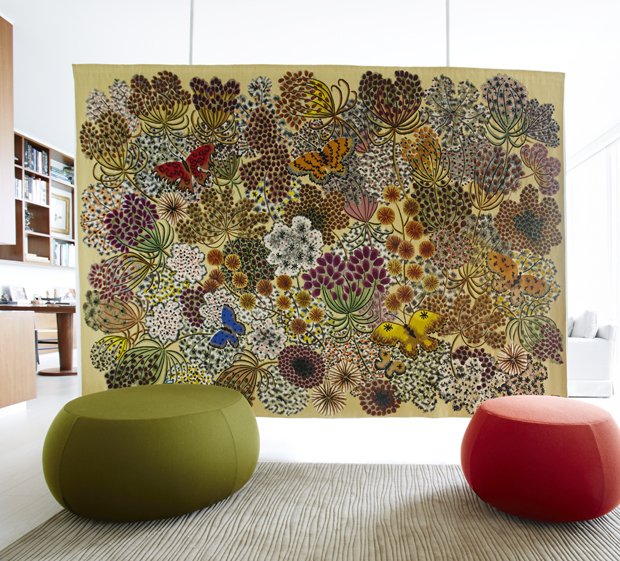
At the entrance, a brilliantly colored 1963 Aubusson tapestry by Dom Robert that reminds Sonja of the gardens at her beloved former home is suspended on airplane wire, defining the airy space without confining it as walls would have.
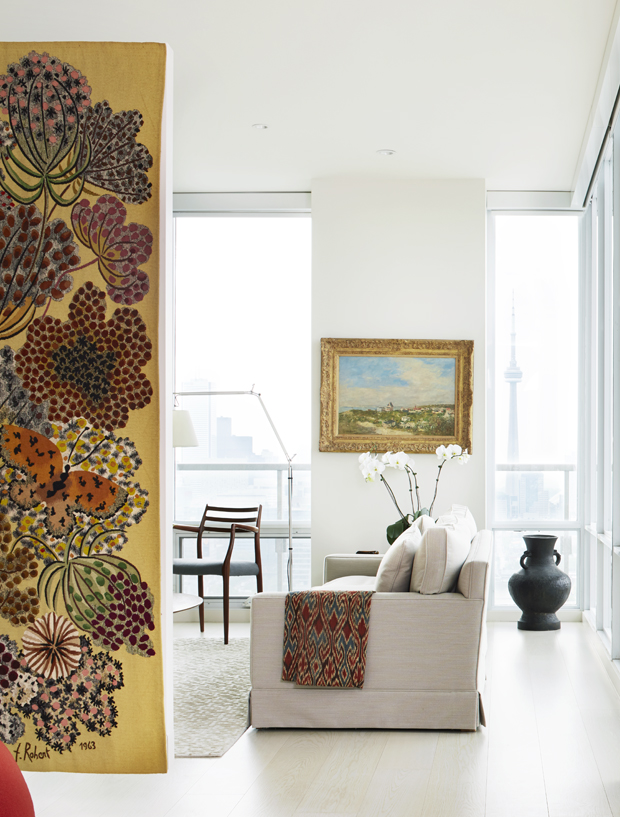
“Many of the details in her new apartment — like the light-toned floors used throughout to unify the space, the prevalence of built-ins over freestanding furniture, the combination of white and walnut finishes, and the repetition of square motifs — refer back to her Batawa house, which is a masterpiece,” said Dubbeldam.
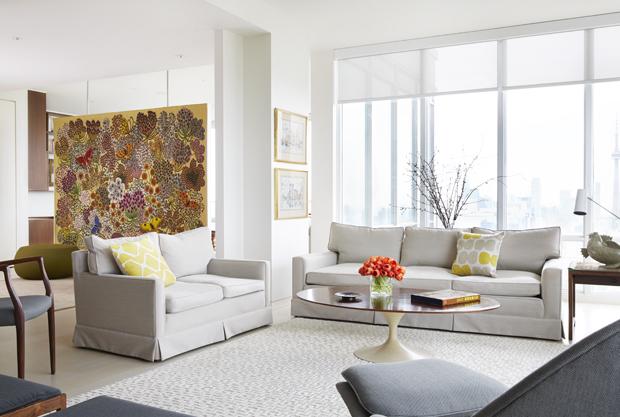
Reupholstered in a neutral-toned fabric, a vintage sofa and love seat from Sonja’s former house pair well with the minimalist mood set by the Eero Saarinen oval coffee table — one of many pieces from her previous home.

In sync with the home’s mid-century modern vibe, a 50′-long walnut bookcase designed to accommodate Sonja’s extensive library and favorite works of art also houses a flip-down bar that’s ample enough for entertaining, but discreet when closed. Another nook in the shelf was designed to fit a gilt-framed painting by Alphonse Leon Quizet perfectly.
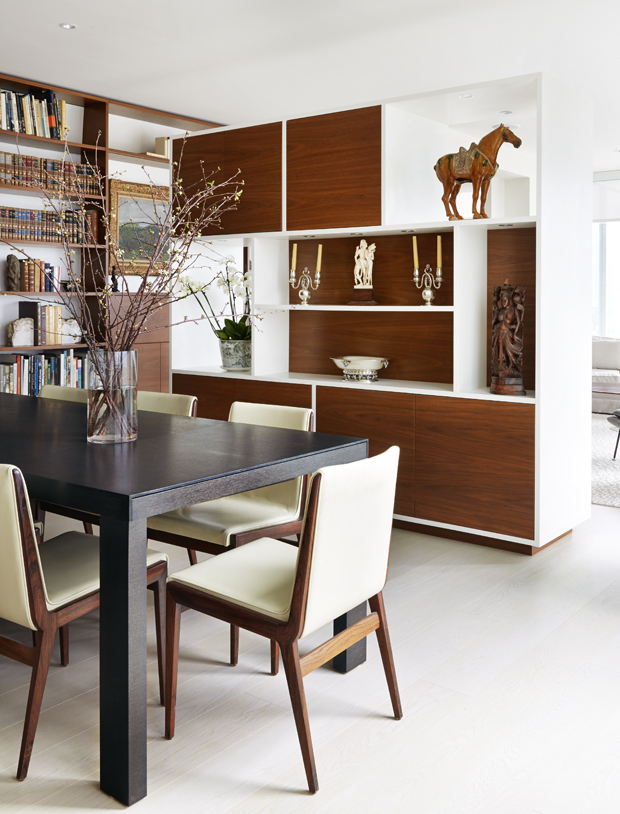
Open compartments in the freestanding walnut and white-lacquered wood cabinet that divides the living and dining areas allow light and sight lines to flow through the rooms. The lower portion of the custom-made piece houses closed storage. A simple dining room table is a perfect fit with rosewood chairs custom-made by Arne Jacobsen in the ’60s.
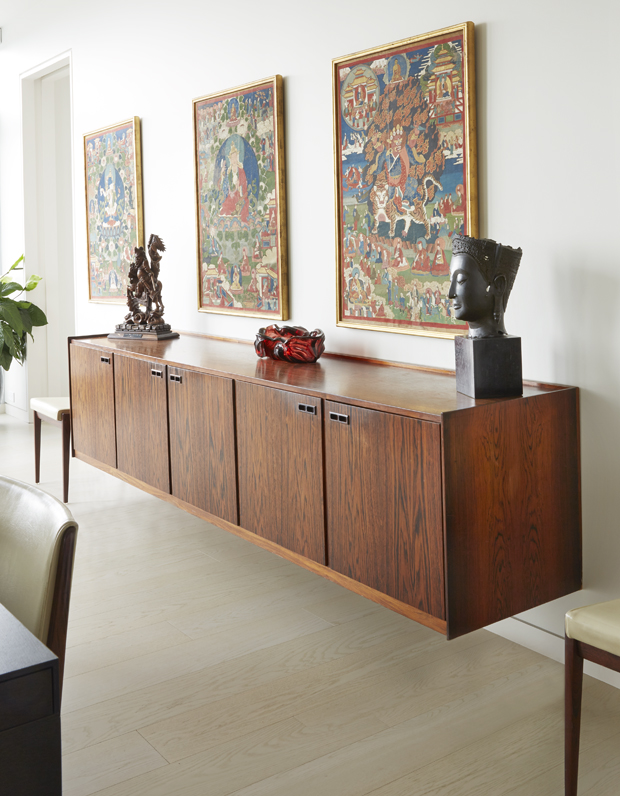
Floating pieces, like the ’60s rosewood credenza by Arne Jacobsen in the dining room, make rooms feel more spacious because the eye perceives a larger floor space. Hung above the credenza, a collection of bright Tibetan Tankas painted on silk ads color.
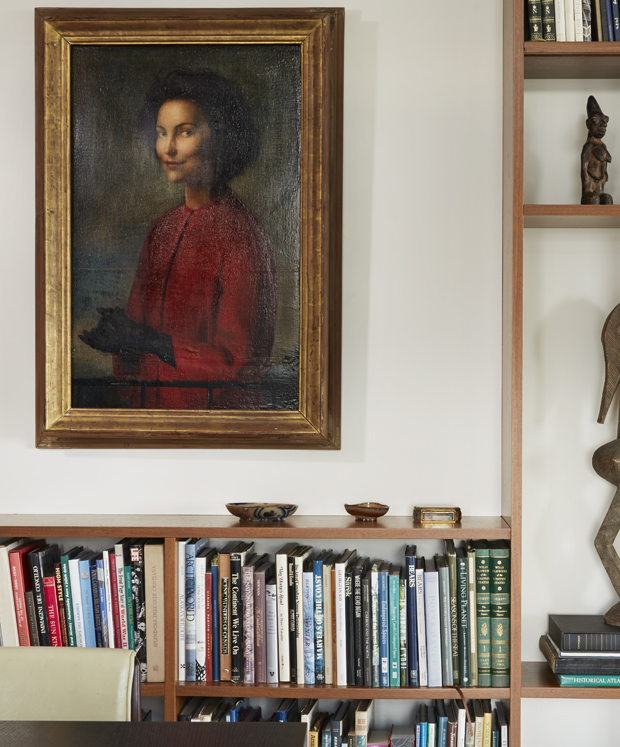
A wonderful portrait of Sonja painted in 1963 by Italian painter Pietro Annigoni hangs in the dining room.
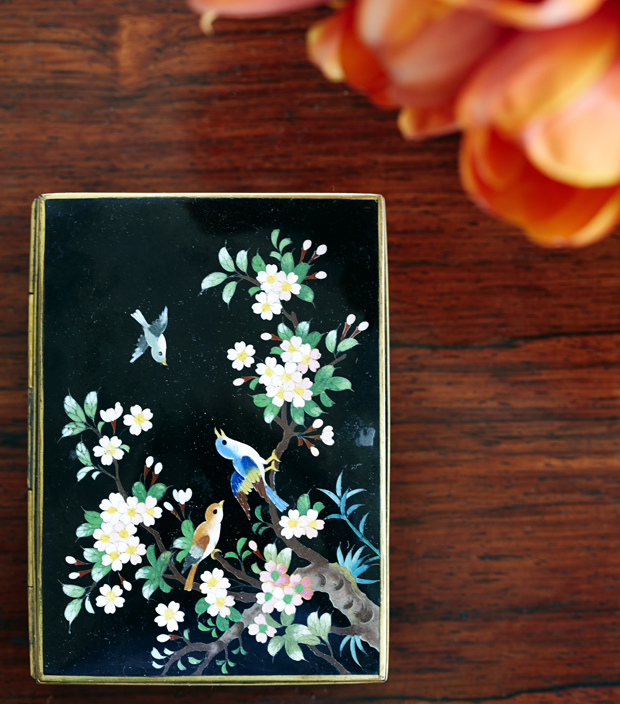
One of Sonja’s treasured travel finds: an enamelled cloisonné box from Japan.
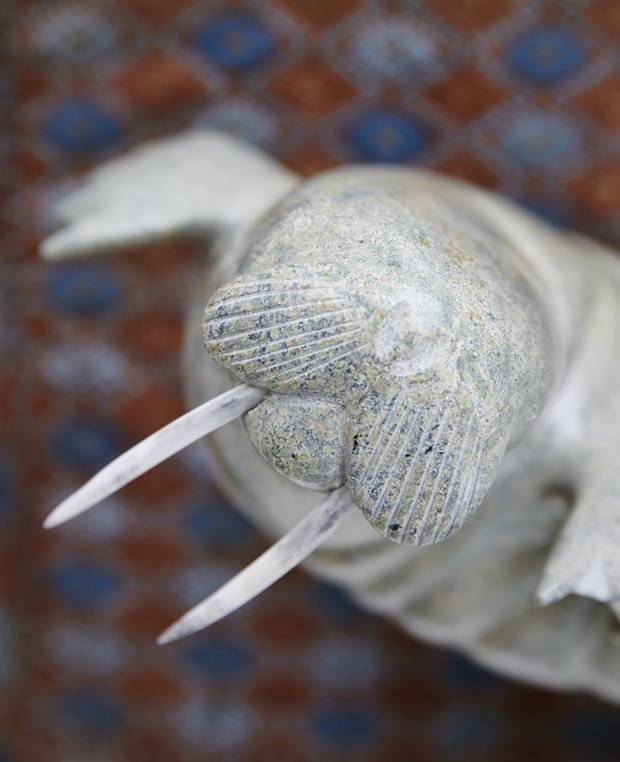
Sonja received this Cape Dorset walrus carving when she retired from the Alcan board after 25 years.

The streamlined kitchen is clean and utilitarian. Cabinets extend up to the ceiling for ample storage, and french doors lead to a little balcony.

A whitened-oak bench and table were custom-made for the casual breakfast nook in the kitchen. Sonja had a happy photo of her family at their St. Moritz ski chalet blown up to fit perfectly above the bench.
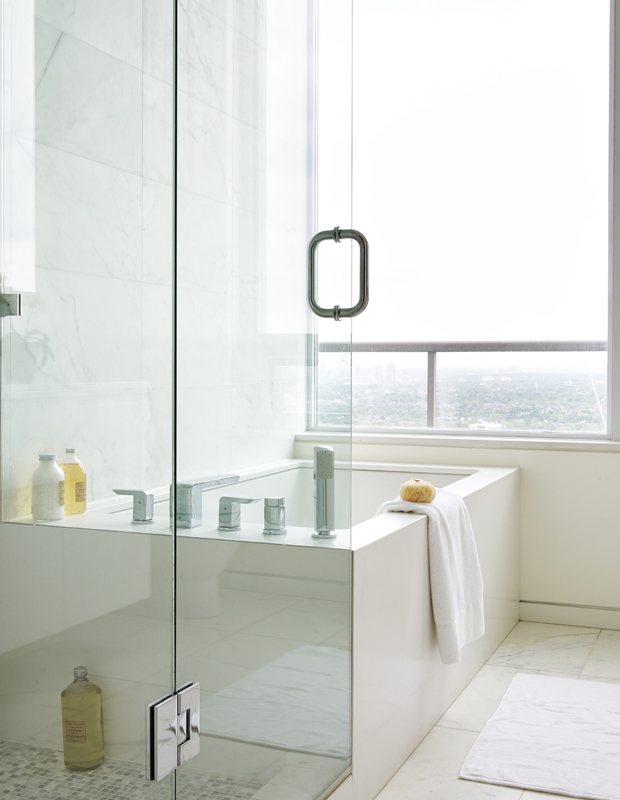
Designed by Dubbeldam to have the same spare, serene aesthetic as the kitchen, the marble-clad bathroom is outfitted with a simple tub and shower to keep the focus on the view.
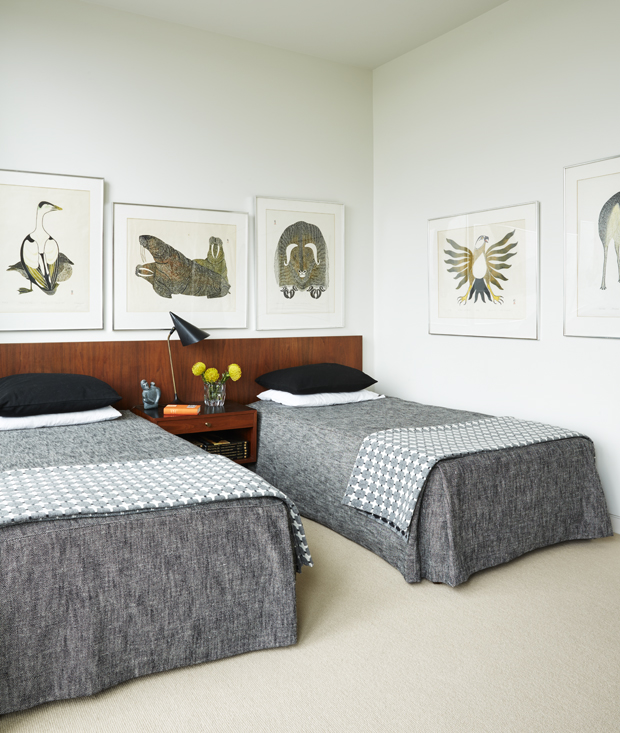
In a guest bedroom, a simple rosewood headboard custom-made in the ’60s visually unifies the twin beds. Displayed across two walls, a collection of graphic, similarly framed works by Cape Dorset Inuit artists from the ’70s envelop the room in warmth and texture.
Virginia Macdonald
House & Home September 2013
Heather Dubbeldam

